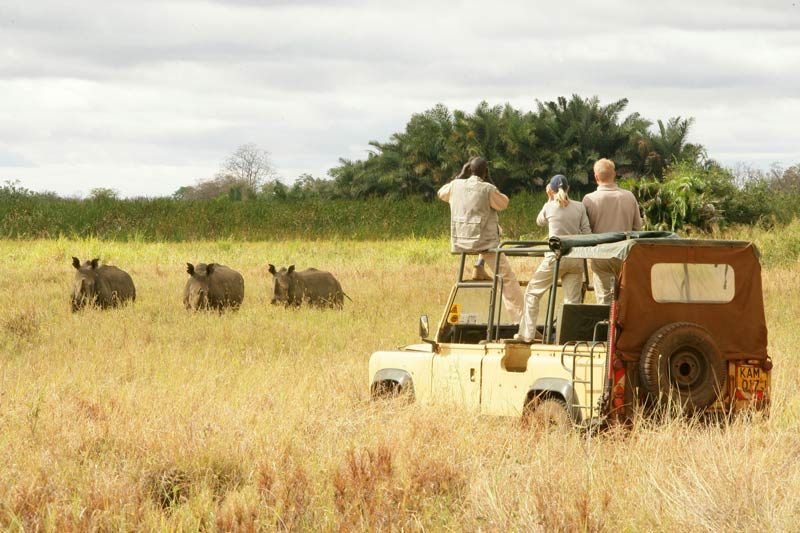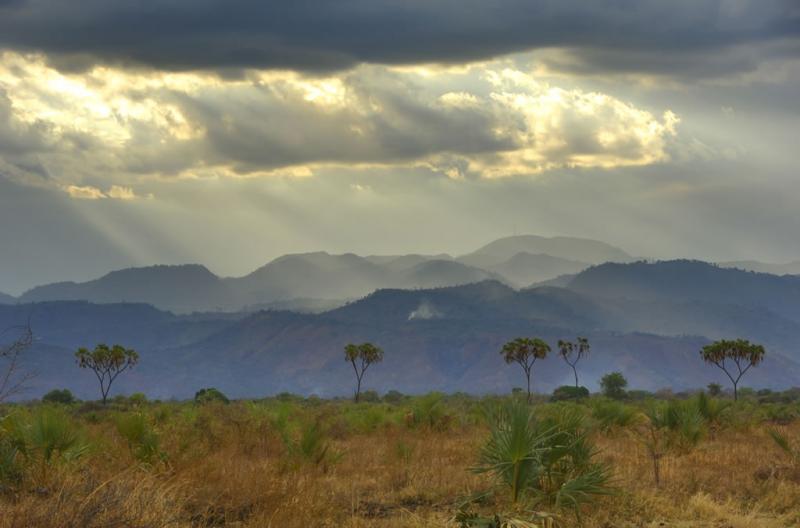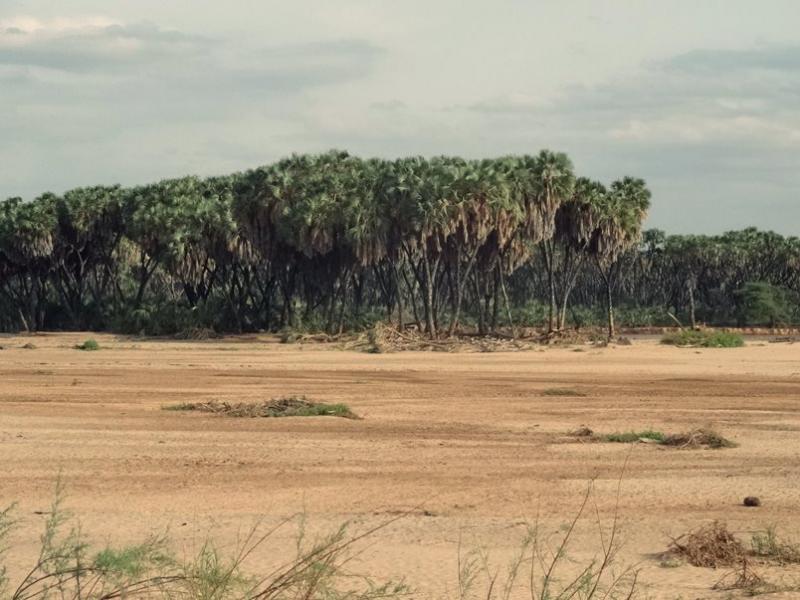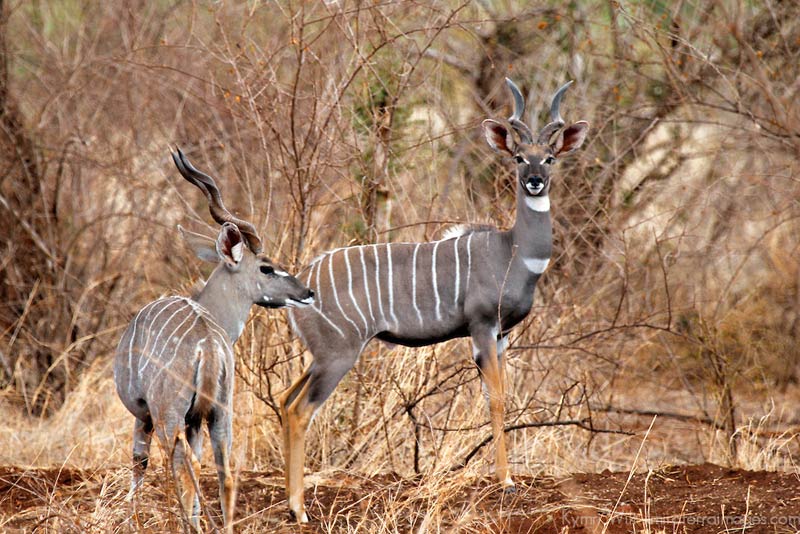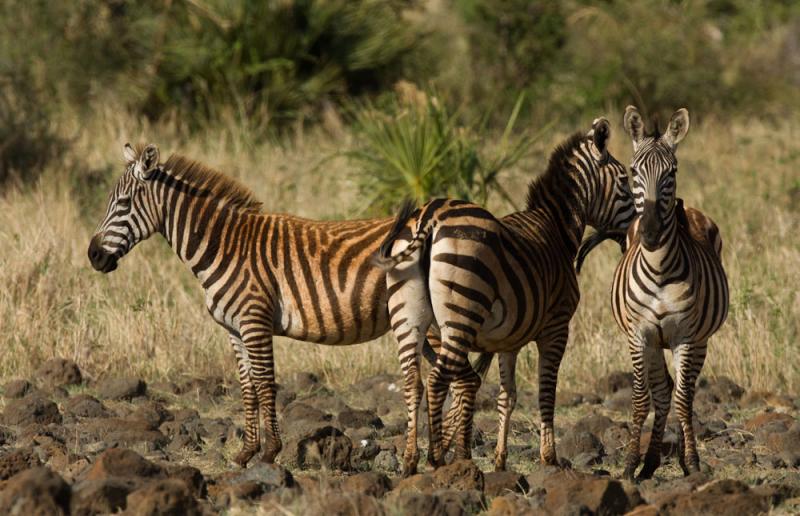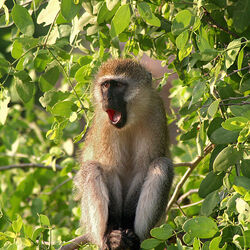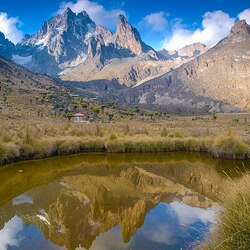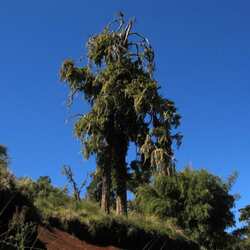Meru National Park
Meru is a national park in Kenya, spread over an area of 870 km2. It was founded in 1966, 350 km from Nairobi. Meru is distinguished from the rest of Kenya's parks by a huge number of swamps, which were formed by 14 rivers originating in the hills of Nyambene.
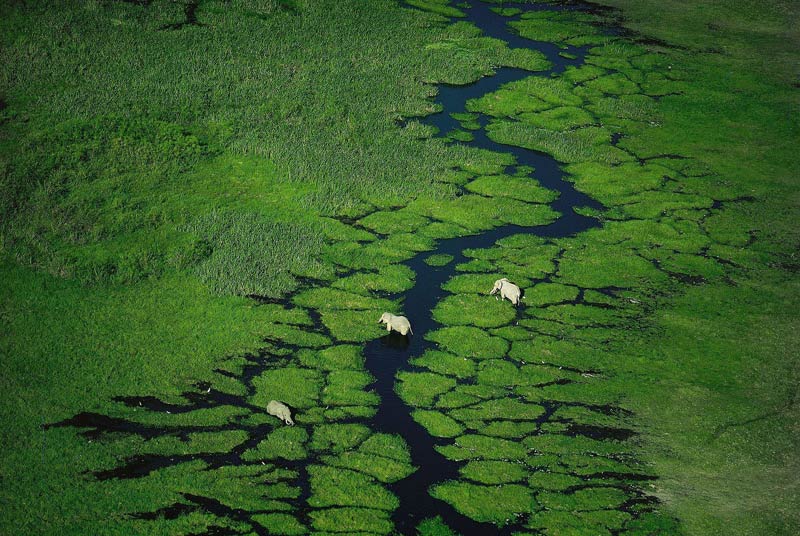
The nature of Meru National Park is very diverse. The Tana River flows from the south, bordered by the Kora National Park from the north. Thanks to the construction of a bridge on the Tana River, it became possible to visit both parks without making a big detour. Bisanadi National Reserve is located on the eastern side.
In the northern part of Meru Park, vegetation is mainly represented by shrubs, while meadows predominate in the western part. The forest is found only near rivers. In the park you can easily meet leopards, elephants, water and marsh goats, hippos, buffaloes, rare Grevy's zebras, many species of antelope, as well as a bush pig. The avifauna is also rich, numbering over 300 representatives of birds.

The park has already survived the difficult 70s. Previously, there were over 40,000 visitors a year. But the large number of poachers who destroyed almost all rhinos and elephants, as well as uncontrolled plowing of land, led to the fact that tourists stopped coming here. In the 2000s, the Animal Welfare Foundation and ecologist Richard Leakey undertook the restoration of Meru National Park. For this purpose, the foundation has allocated more than a million dollars to restore the park's head office and purchase all the necessary equipment for them. 66 elephants, 4 rhinos, and 20 zebras were also brought to the park.
In general, the climate of the park is arid and the rainy season falls in April-June and November-December. An average of 700 mm of precipitation will fall here per year in the western part of the park and 300 in the eastern part.
